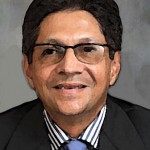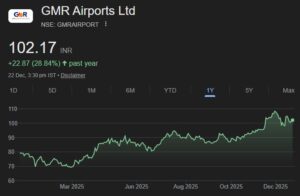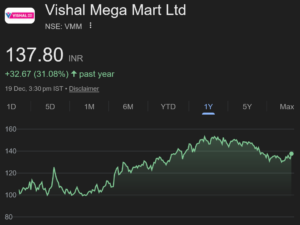

When you study the PPFAS Mutual Fund portfolio, the first thing that strikes you is the amount of money invested in the ADRs of foreign stocks. The Fund has nearly 22% of its corpus (about Rs. 70 crore out of Rs. 320 crore) invested in 6 stocks. The names that spring out of the portfolio are Nestle SA, 3M Co, International Business Machines Corp, British American Tobacco, Standard Chartered PLC IDR and Anheuser Busch Inbev SA.
Now the question is whether this approach of investing heavily in foreign equities reflects a lack of confidence of Parag Parikh in the Indian economy and/ or the Indian stocks.
A little bit of probing reveals the answer. In fact, the logic for this preference for foreign stocks becomes clear when you read Parag Parikh’s interview in the BusinessLine. In that he points out that while Nestle India is quoting at a P/E of 45 times, the Nestle parent company’s ADR is trading at a bargain basement price of 17 times earnings. This means that when you buy the ADR, you are getting the Indian company for free. Similarly, 3M India is available at 55 times earnings while 3M Co is quoting at only 20 times. “So if you understand the business of a company, it is immaterial whether it trades here or there” he says.
Parag Parikh’s logic is fine but the problem with it is that it runs counter to the traditional wisdom that emerging markets give more bang for the buck than developed ones. For instance, Nestle India and 3M India are operating in a developing market where the scope for growth is limitless while the parents are operating in a mature and saturated market, with limited potential.
Prem Watsa, for instance, declared that he was bullish on India and cautious on global equity markets. He pointed out that in contrast to the Dow Jones and S&P 500 which have risen 56% and 63% in the past three years, the Sensex is up only 21% in the same period, suggesting that the Indian markets were undervalued while the foreign markets were nearing “bubble” territory.
Also, its not that the Indian markets have not given fabulous returns. You can see an example of this from the BSE FMCG Index which has given 62% return over 3 years and 57% return over 2 years. Likewise, if you compare Nestle India with Nestle SA ADR, the Indian company has given a return of 242% in 5 years (06.02.2009) while the ADR has given a return of 109% in the same period. Similarly, while 3M India has given a return of 293% in 5 years, 3M Co has given a return of 136% over the same period.
If you go back 10 years (06.02.2004), Nestle India has given a return of 681% while Nestle SA has given a return of 171%. Similarly, 3M India has given a return of 797% over 10 years while 3M Co has given a return of only 60% over the same period, clearly indicating that the scope for growth in the developed markets is stifled.
So, over a period of time, the Indian arms of the foreign companies have out-performed their parents, which is why the foreigners are braving the dust and grime of India and investing their billions here instead of sitting pretty in their home countries. Is there any reason why this trend will change in the next 5 or 10 years?
The other issue of investing in foreign markets is that you are taking a currency fluctuation risk. If you invest now and the value of the rupee appreciates, you could incur heavy losses when you bring the money back home. And because you are talking of long periods of investment, the currency changes can be quite dramatic.
Of course, you can hedge your foreign currency exposure, as PPFAS has done, but that has a cost in itself which can be quite heavy.
Anyway, we’ll know in due course whether Parag Parikh’s foreign stocks gameplan works well or not. For the moment, the mutual fund is chugging along nicely. The AUM has increased to Rs. 323 crore as of 31.12.2013. It is also outperforming the Indices and most of its peers. For the period from 28.05.2013 (inception) to date (04.02.2014), the PPFAS has given a return of 5.5%, which compares favourably with the Nifty and BSE 500 which have remained flat. Among the peers, IDFC Sterling Fund gave a return of 3.4% and the SBI Emerging Business Fund gave a negative return of 5.2%. However, the HDFC Mid-Cap Opportunities Fund raced ahead and outperformed with a 10.5% return in the same period.





